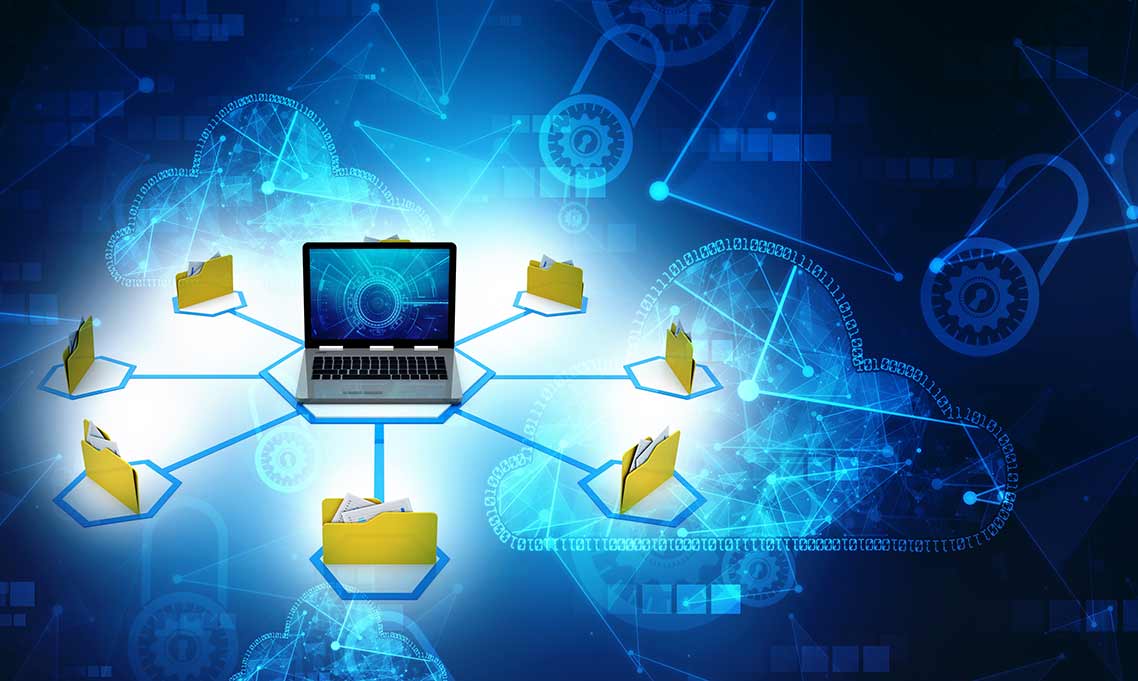
The RDP Client for Windows 10 and Alternatives
What is an RDP Client?
Remote Desktop Protocol (RDP) is a connection protocol developed by Microsoft to provide users with a graphical interface while connected to another computer over a network connection. The connecting user must deploy an RDP client software, while the receiving computer must deploy RDP server software.
There are several RDP Clients for Windows 11, Windows 10, Windows 8.1, Windows Server 2019, Windows Server 2016, and Windows Server 2012 R2. The available client apps for different clients are listed below:
| Client | App |
| Windows Desktop | Windows Desktop Client |
| Microsoft Store | Windows 10 Client |
| Android | Android Client |
| iOS | iOS Client |
| macOS | macOS Client |
| HTML5 | HTML5 Client |
The RDP servers are built into Windows operating systems and can be enabled through the Server Manager panel.
Microsoft Remote Desktop Assistant
You can download and install Microsoft Remote Desktop Assistant and use it to enable Remote Desktop Services, allowing other devices to access your PC.
Follow the steps mentioned below:
- Download and install the Microsoft Remote Desktop Assistant after accepting the terms and conditions.
- Click Accept and a Welcome screen appear. Then, click Got it.
- Click Get Started on the screen that appears next. It lists down all the changes that the tool will carry out on your computer including:
- Enabling remote connections to your PC.
- Keeping your PC awake, making it available for connections.
- Changing your Firewall rules to allow Remote Desktop connection.
- Scan the QR code that appears on the screen next, save the connection as a file, or choose your option to proceed further to enable connection using Remote Desktop.
Your computer is now ready to be accessible from other devices. Install and use the Microsoft Remote Desktop Client on the device that you will use to connect to your PC.
How does the Microsoft Client work?
For the RDP client to work, the receiving machine must have Remote Desktop connections enabled. There are 2 most common ways to enable the RDP connection:
1. Right-click on the Personal Computer icon on your desktop, click on Properties from the drop-down list, and then select Remote settings from the list on the left.

2. Navigate to your Start Menu and go to Windows Settings, click on the System icon, and from the list on the left select Remote Desktop and enable it.

Benefits of RDP
RDPs have become increasingly popular due to Covid, where businesses are being run remotely. There are several advantages to RDP:
- Working remotely
- You can work remotely on any device from anywhere
- Simplicity
- IT teams do not need to physically be near the computers to perform updates, fix issues, etc.
- Reduction in capital
- Software updates, security, and other types of maintenance are all handled by the company providing the RDP software.
- Security and performance
- You can troubleshoot issues quickly before they can cause any damage and optimize your device’s health so it can perform optimally.
Choosing an RDP Alternative
These days, there are several RDP alternatives on the market, all of which are intended to fill in any gaps in RDP functionality. There are various elements to consider when selecting a decent RDP replacement, but the number of connections you’re dealing with, the sort of information in your environment (e.g., whether it’s sensitive and requires extra protection), and the size of your company will all play a role.
In a low-risk, small-business scenario, open-source technology might be appropriate. However, for large enterprises or companies with sensitive data, it makes sense to invest in professional software.
Parallels Client: An Enhanced RDP Client
The Parallels® Client is an RDP Client that leverages and enhances RDP technology, allowing users to instantly connect to either simple RDS infrastructures or Parallels RAS Farms.
It’s an intuitive RDP client that enables multi-tasking on applications and desktops. Multiple connection settings can be stored and utilized so users can keep workspaces docked under the same application window (or undock them to work in another window).
Moreover, features not supported by the Microsoft RDP Client—such as drag and drop, multiscreen support, zoom, client group policy, and more—are implemented to provide a top-class user experience.
The mobile client enables all native gestures of iOS and Android, offering the best mobile experience on the market. Touch ID and passcode features are available to increase data security.
Try Parallels RAS today and create your remote work infrastructure!

